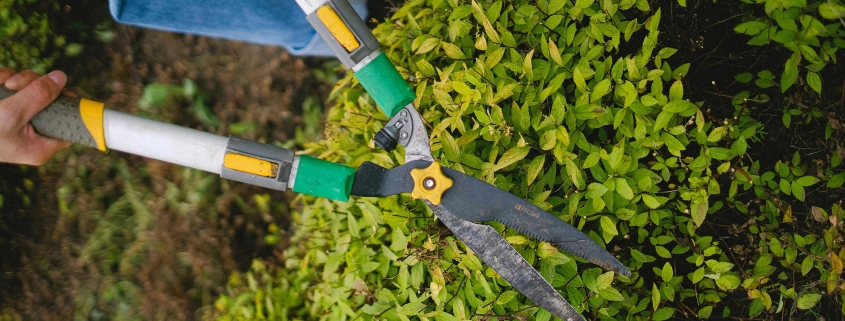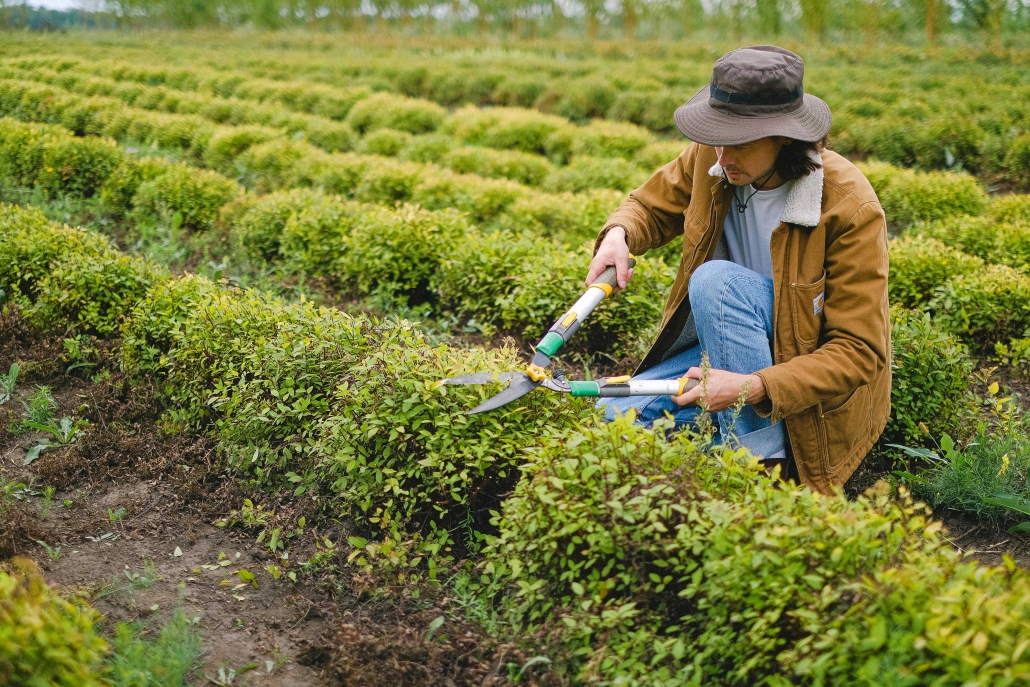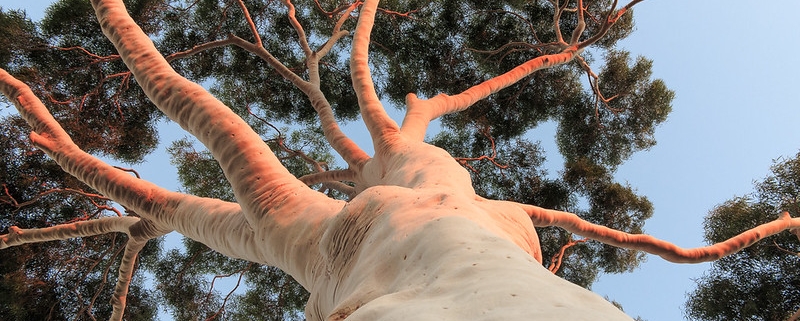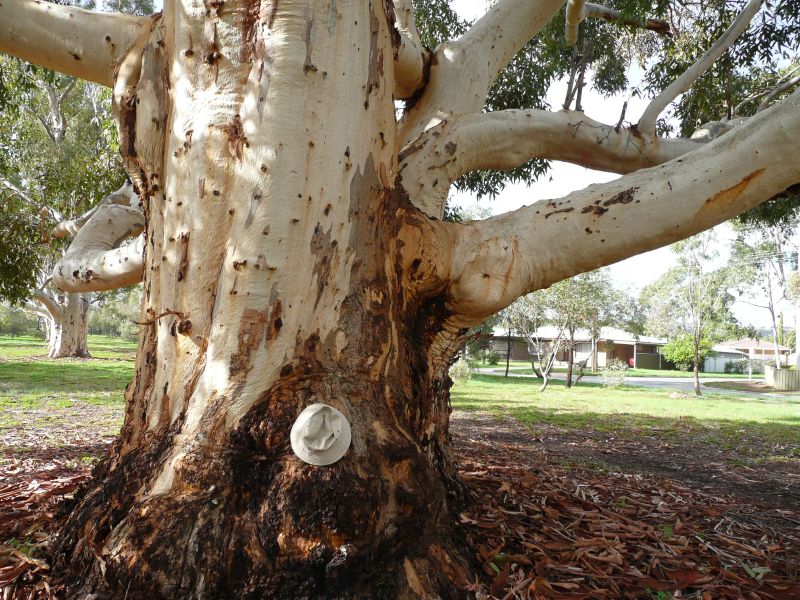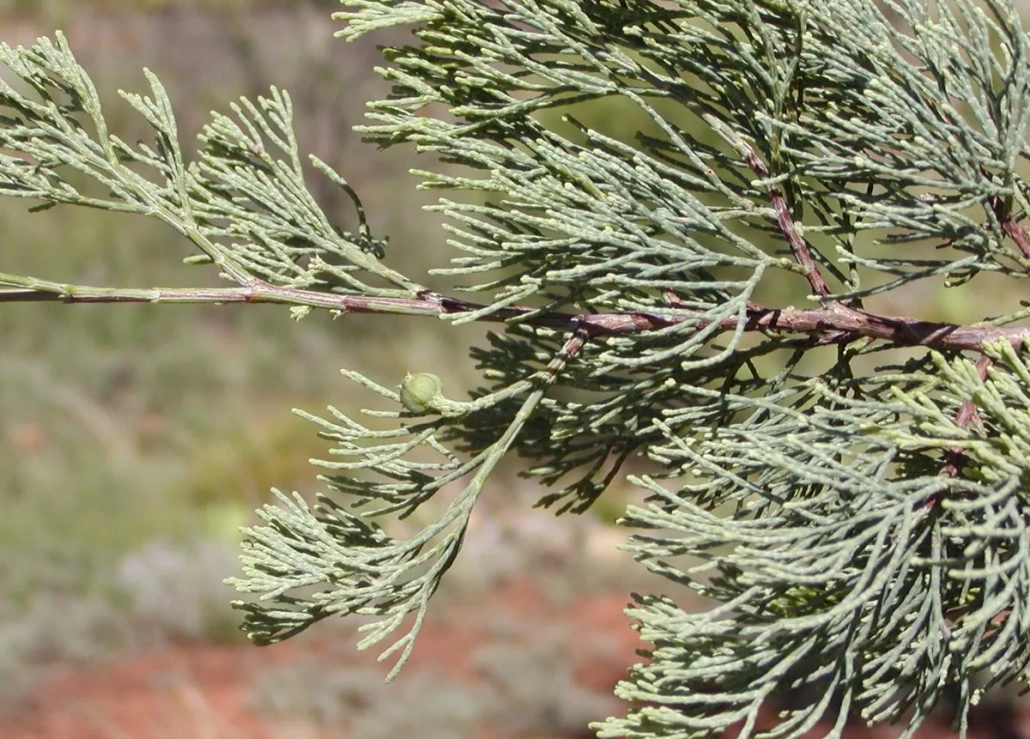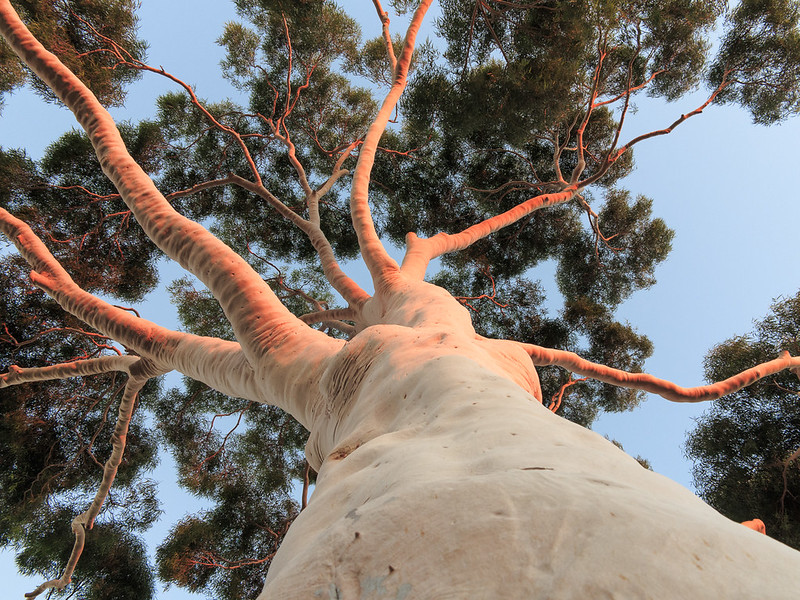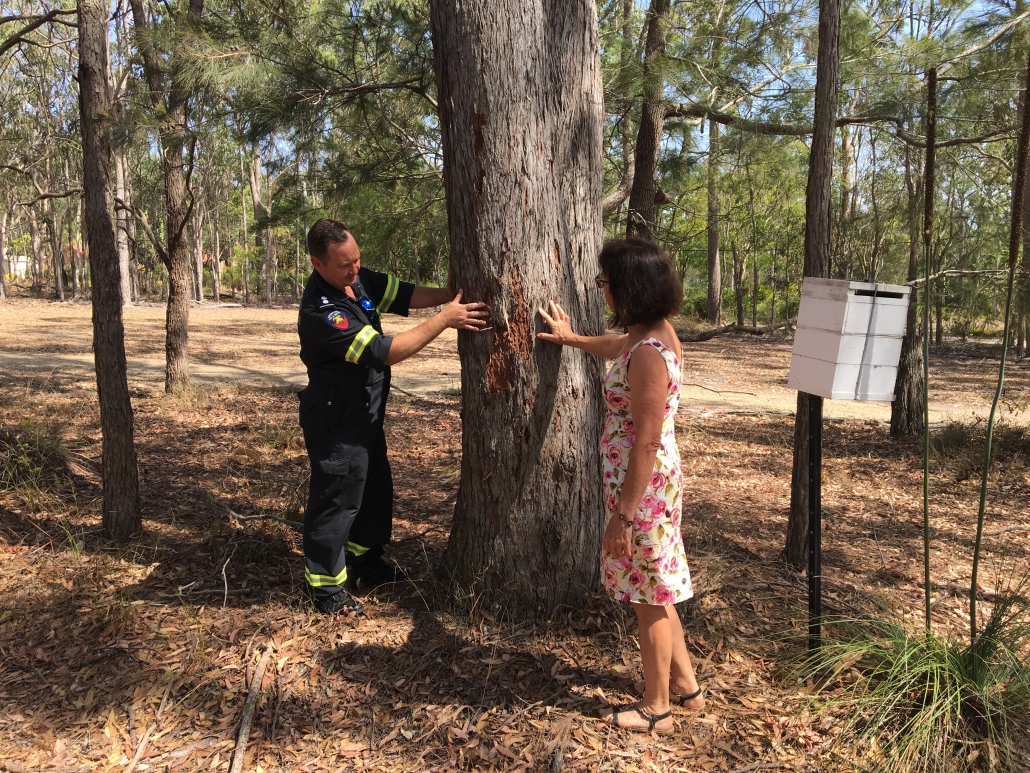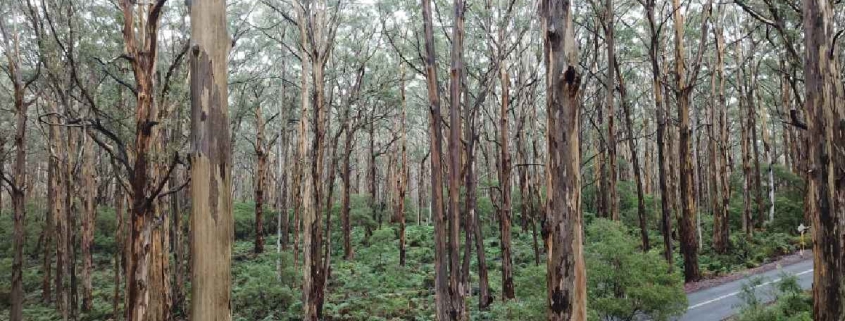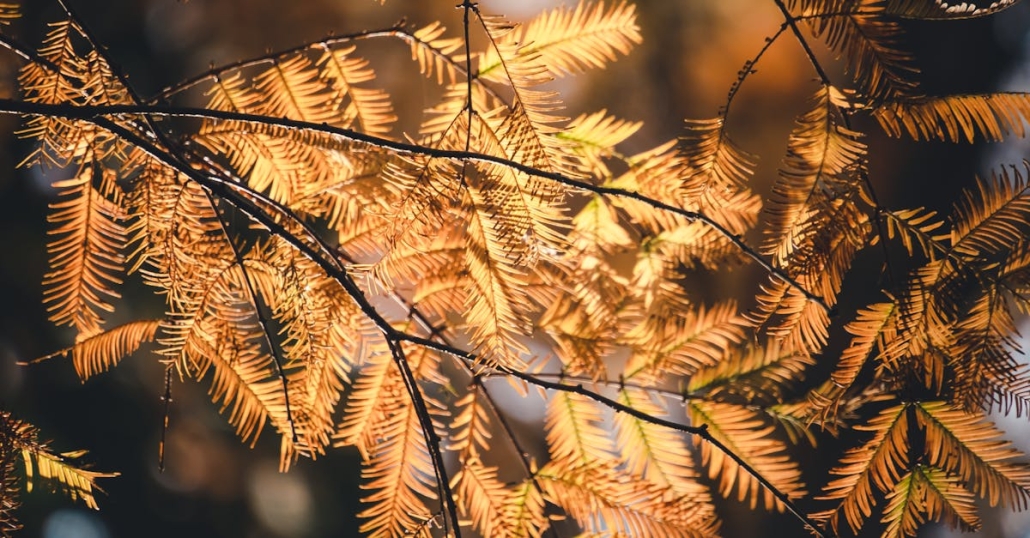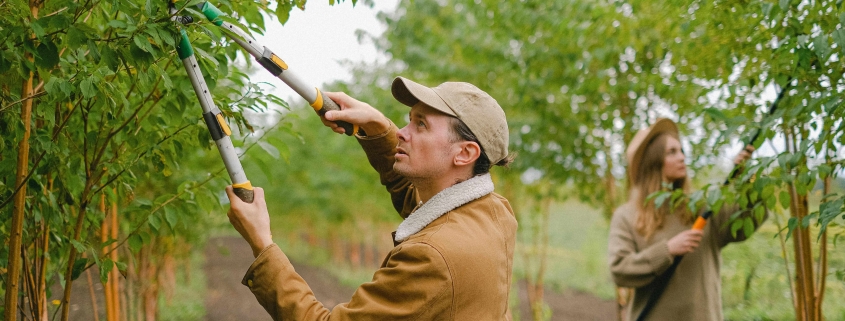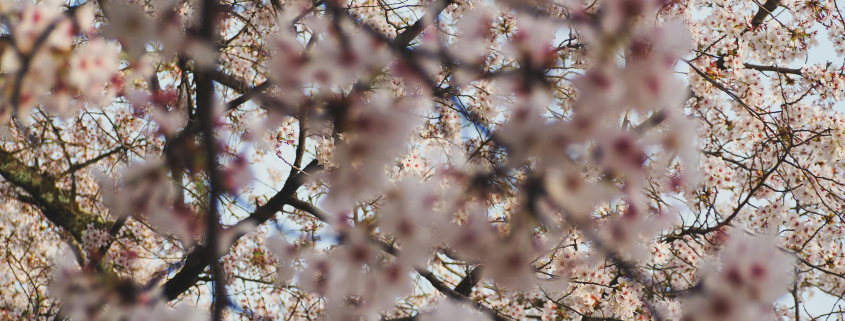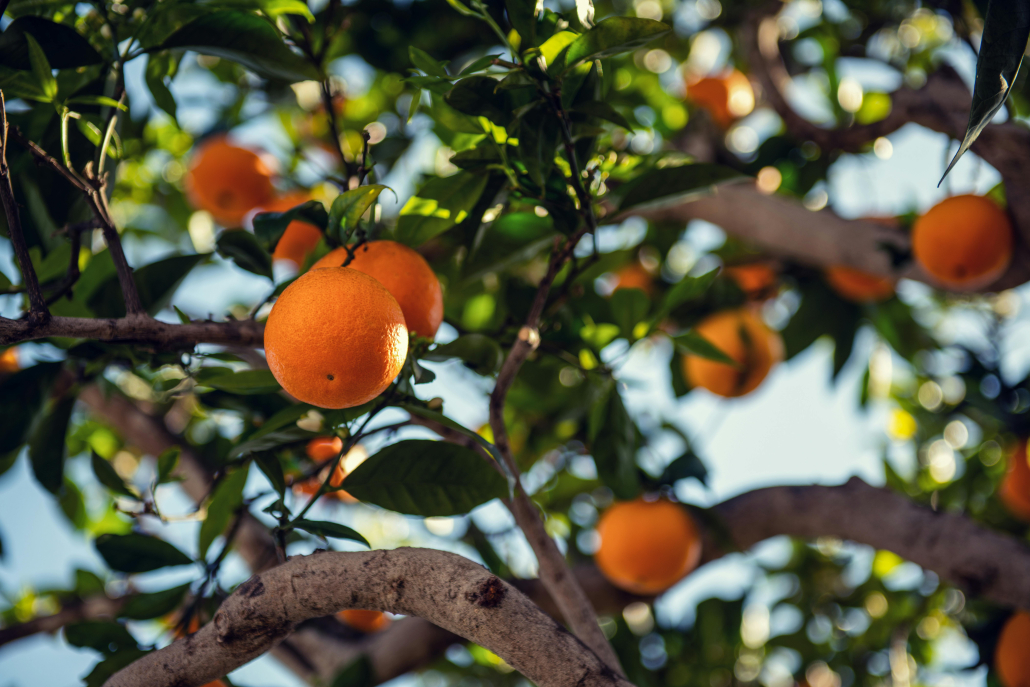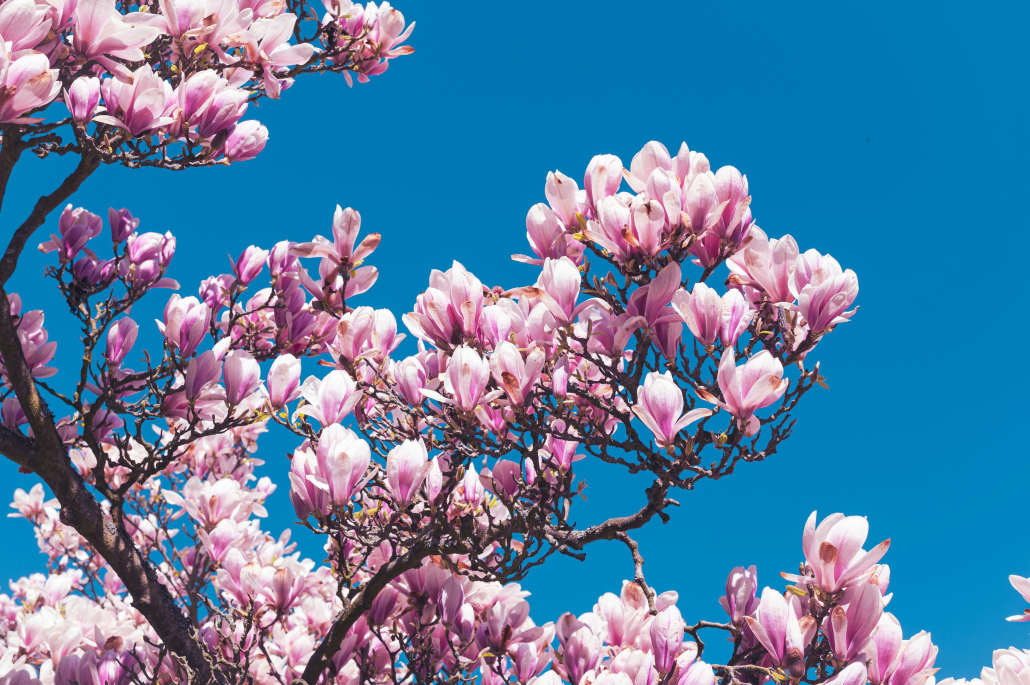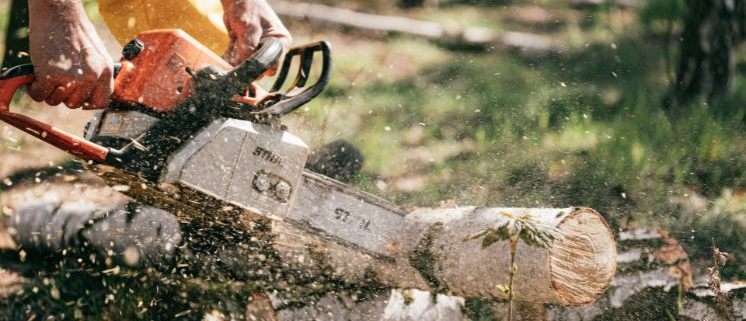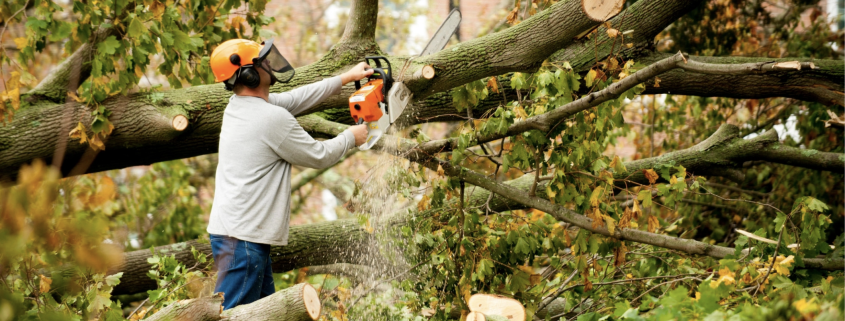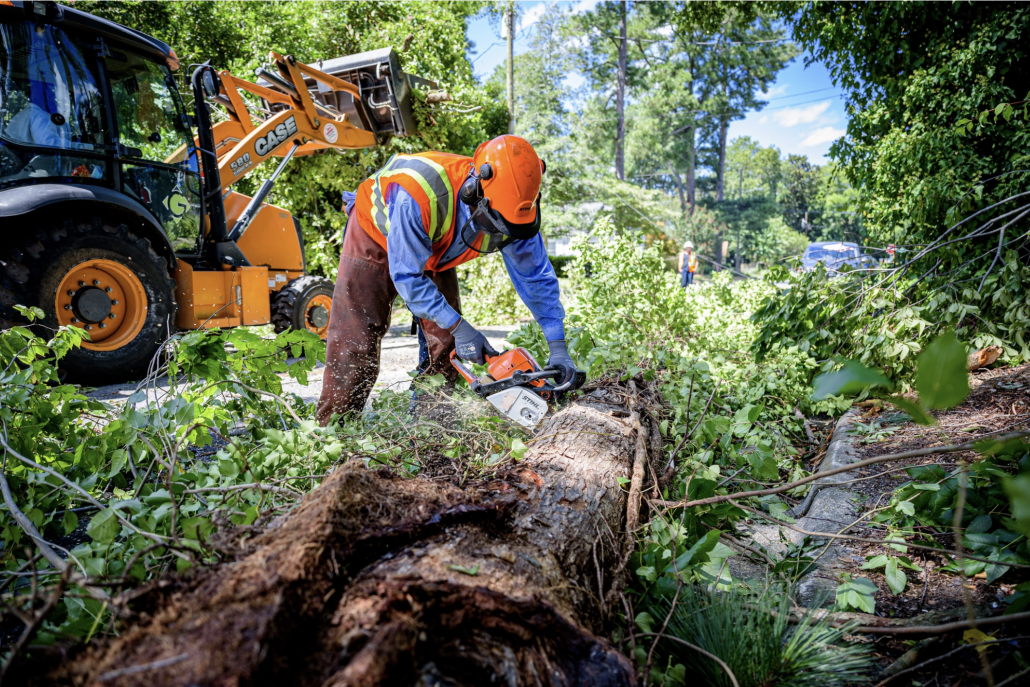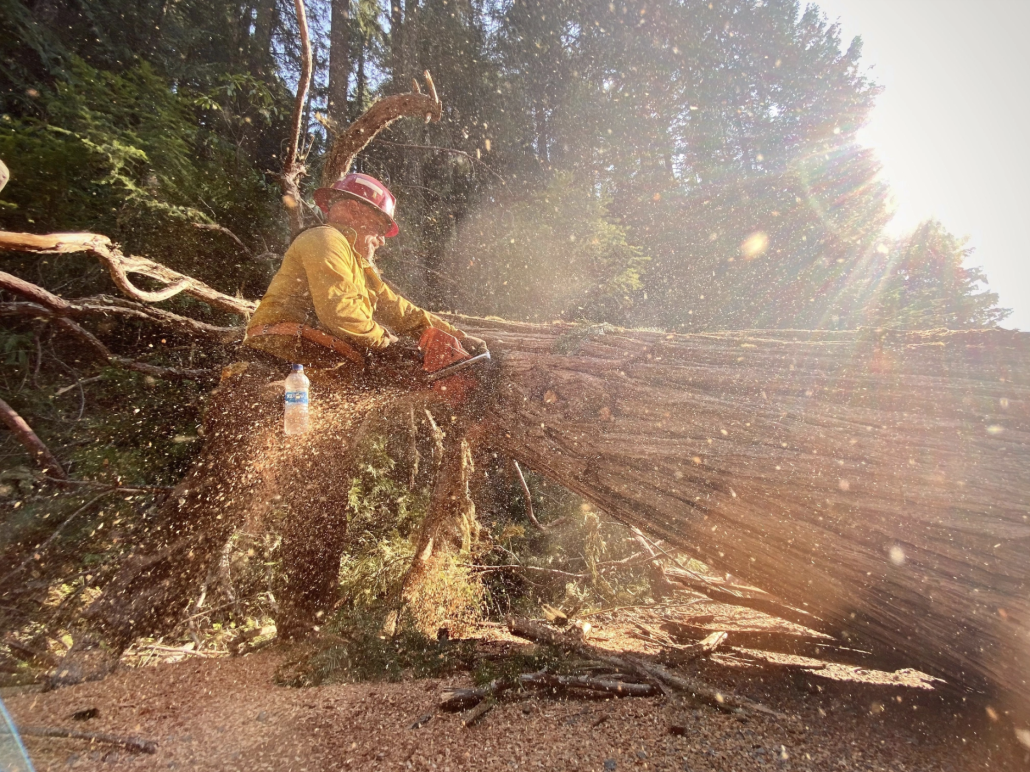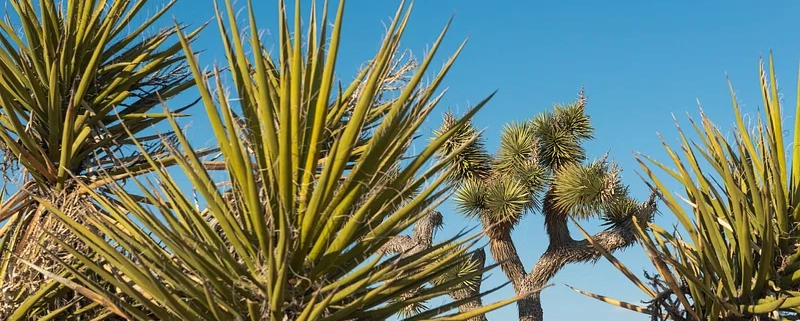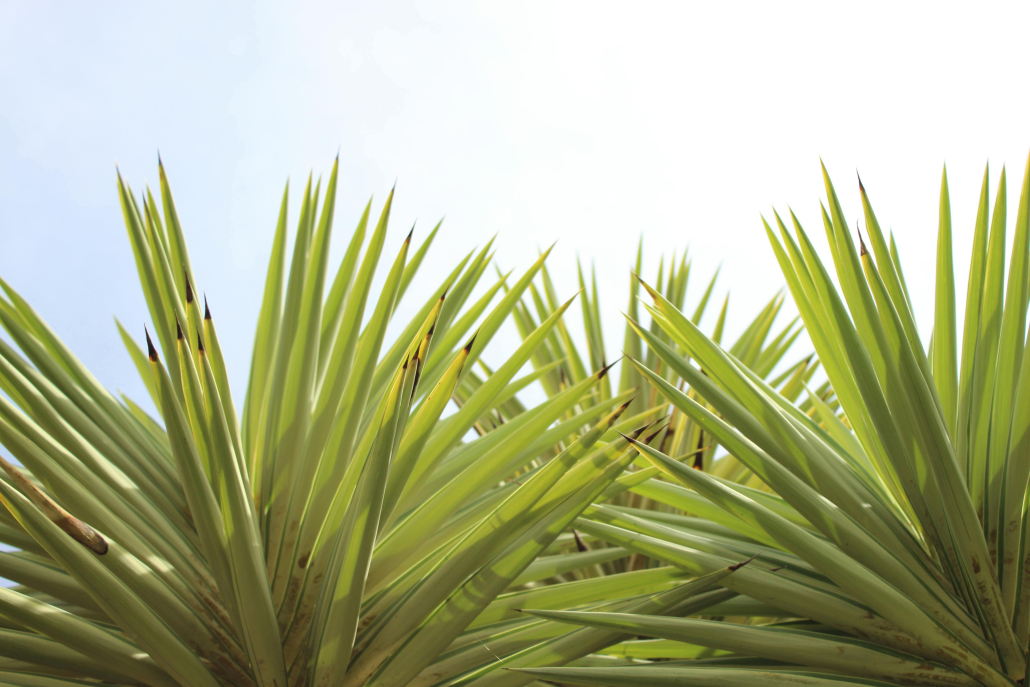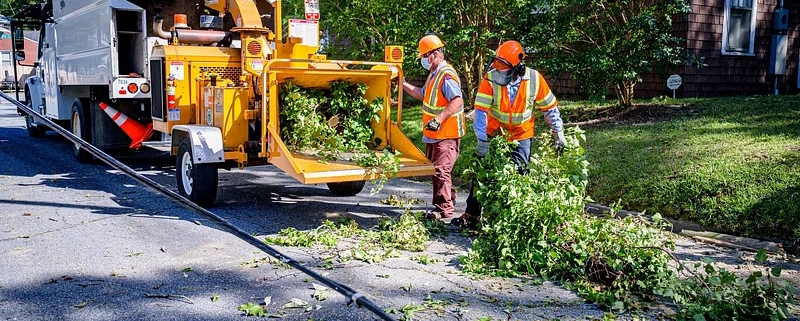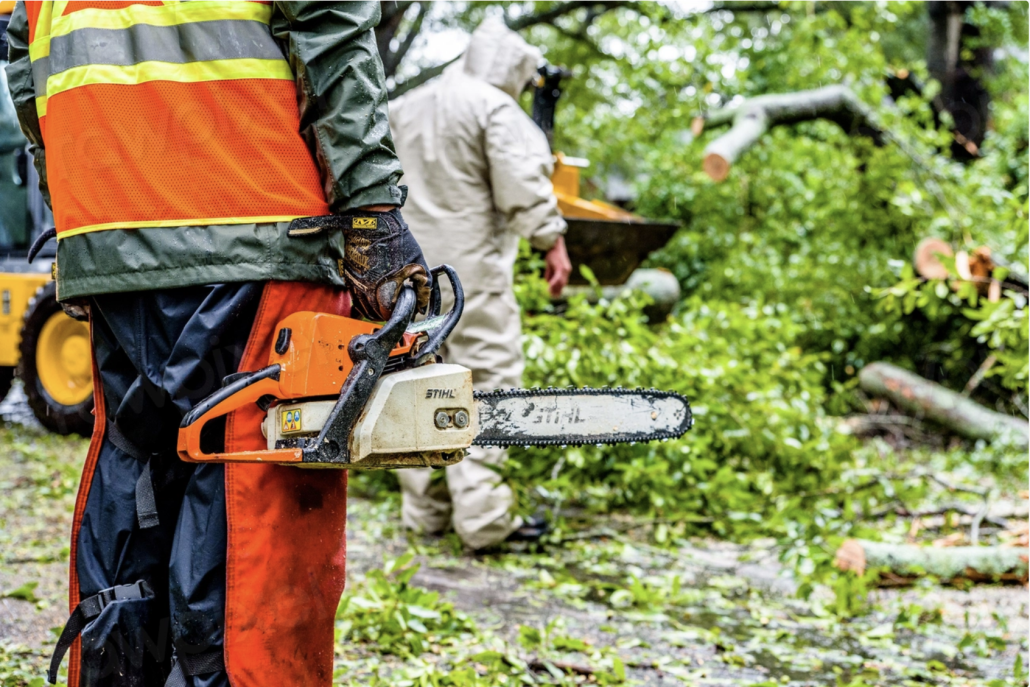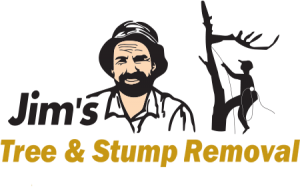A well-shaped hedge is more than just a garden boundary—it’s a way to add life and dimension to your yard. Whether you’re looking for a plant to enhance privacy, define your property boundary, or create stunning garden features, understanding how to shape your hedges properly is crucial for achieving an envy-worthy outdoor space.
Finding Your Perfect Hedge Shape
Despite what you might be thinking, there’s no universal “best” shape for hedges. The ideal form depends on a number of factors, including the plant species, your local climate, soil conditions, and how much time and effort you want to put into maintenance. One fundamental principle, however, holds true across all hedge types: the top should be slightly narrower than the bottom. This “pyramid principle” ensures that sunlight reaches all parts of the plant, promoting uniform growth and preventing the bottom branches from dying off due to lack of light.
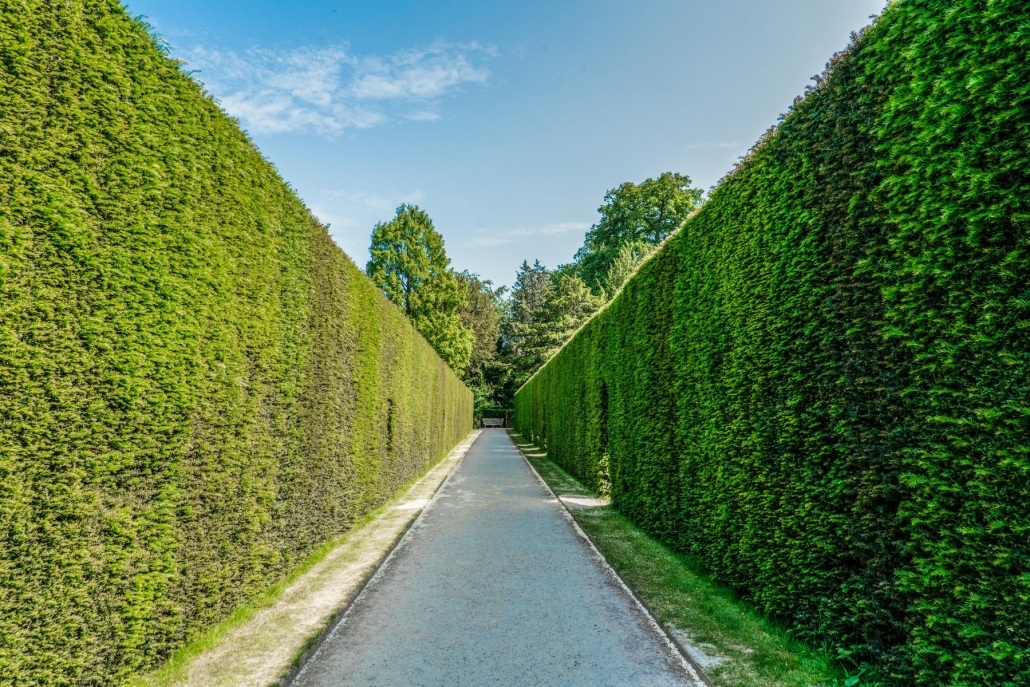
Understanding Different Hedge Shapes
When it comes to hedge shapes, we typically see three main approaches in modern gardens.
Formal hedges
Formal hedges, characterised by straight sides and either flat or gently rounded tops, can create clean lines and geometric precision in your garden. These are particularly effective for blocking wind, defining clear property boundaries, and establishing different sections of your garden while maximising privacy and security.
Pyramidal hedges
Pyramidal hedges are exactly as they sound – having a broad base that tapers towards the top in a pyramid shape. This form promotes better light distribution throughout the plant, encouraging stronger growth at the base, and helping rain run off the leaves. These practical benefits often translate to reduced maintenance needs over time, and an overall healthier hedge.
Informal hedges
If you prefer a more unmanicured garden aesthetic but still want the privacy and boundary marking of a hedge, then an informal hedge shape may be the answer. With these, the hedge is left to grow naturally and is only lightly trimmed and pruned to manage height and any outward-poking branches. This more natural approach supports wildlife and adds texture and movement to gardens, creating whimsical, no-fuss outdoor spaces.
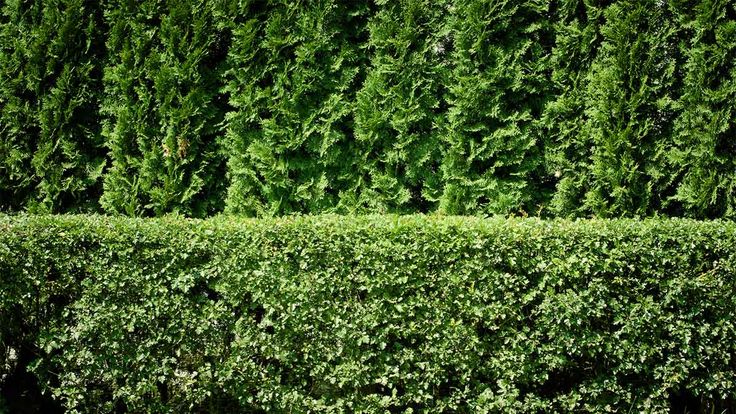
Essential Tips for Successful Hedge Shaping
The journey to a perfectly shaped hedge begins with patience. New hedges need a full year after planting before starting shaping, and full establishment typically takes between three and seven years. During this time, focus on light hedge trimming to encourage thickness and to develop a strong foundation before attempting to carve any detailed shapes.
Success in hedge shaping relies heavily on using the right tools and techniques. High-quality pruning equipment is essential, as is knowing how to use them effectively and safely. When working with leafy hedges, opt for secateurs rather than hedge trimmers to prevent torn leaves and maintain the plant’s health.
When cutting up close, it can be easy to get carried away, stepping back to realise the lines aren’t straight. To help guide your lines, we suggest setting up tomato stakes with string and cutting along this, or using wire templates when carving shapes.
Hedge Maintenance Tips
Regular hedge trimming prevents the most common hedge problems. Instead of having to perform a heavy cutting every now and then, aim for frequent light trimming sessions. Choose cool, overcast days for pruning to prevent leaf burn, and focus on removing new growth, which appears lighter in colour, rather than cutting into the darker old growth. Keep your tools clean and sharp for precise cuts, and always monitor for signs of pests or disease.
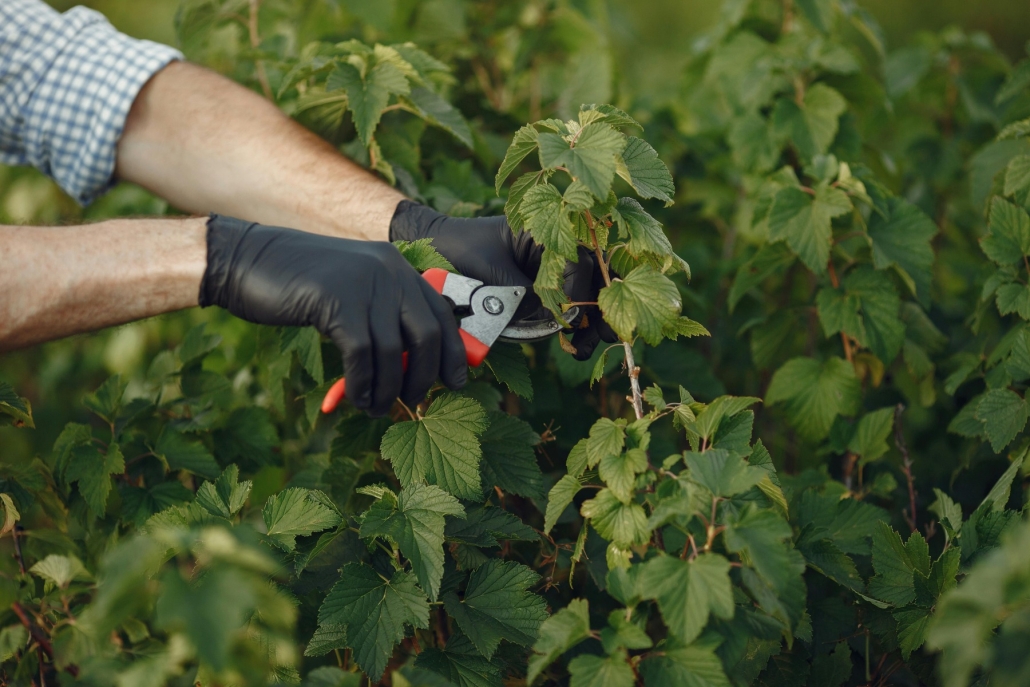
Creating Visual Interest
For a multi-dimensional look, consider combining different hedge species to add varied textures and colours throughout your garden. Layering hedges at different heights adds depth, while mixing deciduous and evergreen varieties ensures year-round greenery. When planning your hedge design, remember that deciduous hedges will lose their leaves in winter, while evergreens maintain coverage throughout the year.
How Jim’s Trees Can Help
Remember that successful hedge shaping takes time, dedication, and a certain level of skill. With patience and proper technique, you can create beautiful, healthy hedges that enhance your garden’s beauty while serving practical purposes. Working with the Jim’s Trees team, you can manage and perfect your outdoor space. Get in touch today to speak with one of our experts about our comprehensive services, from tree lopping and removal to commercial tree management.


